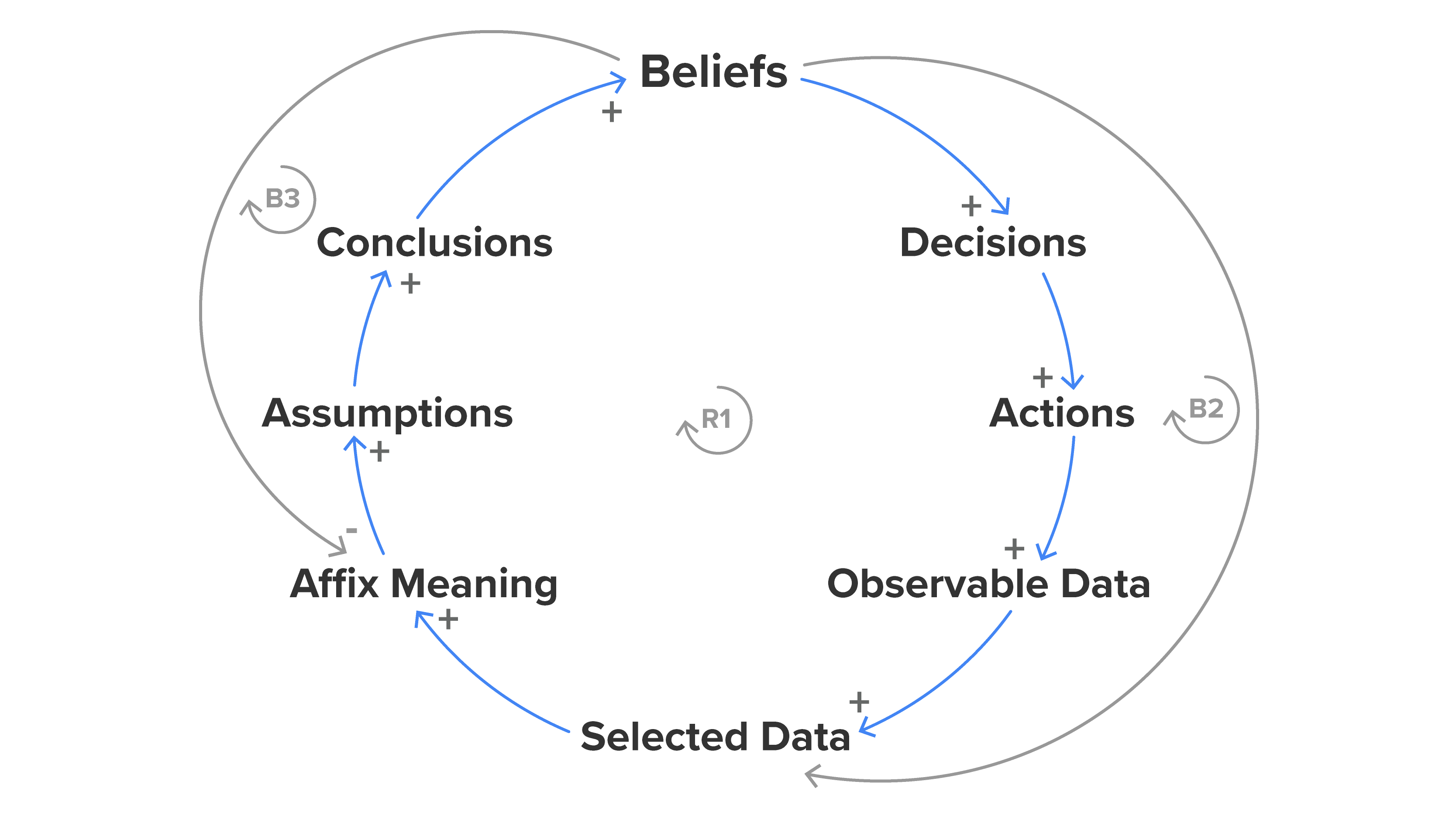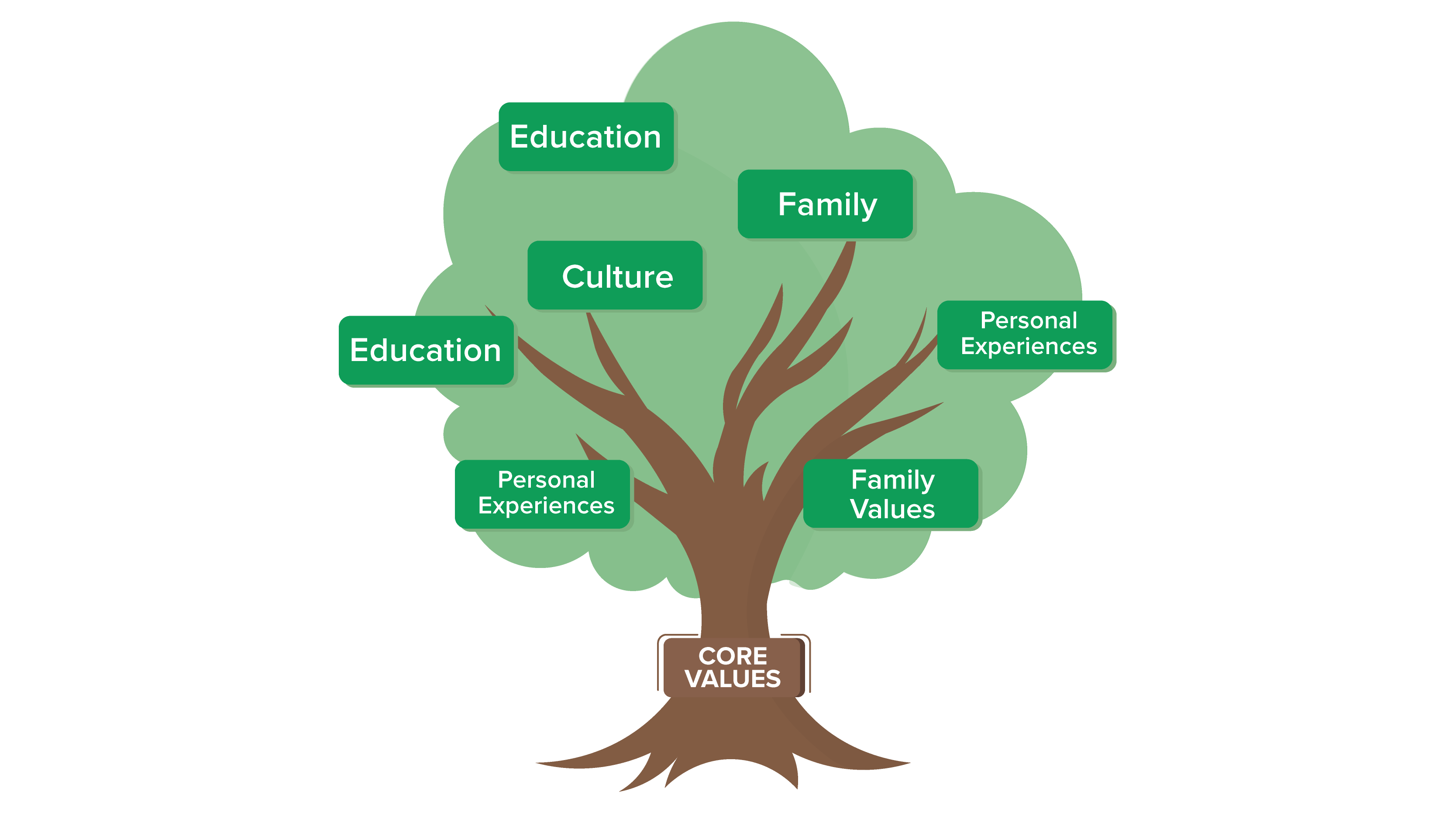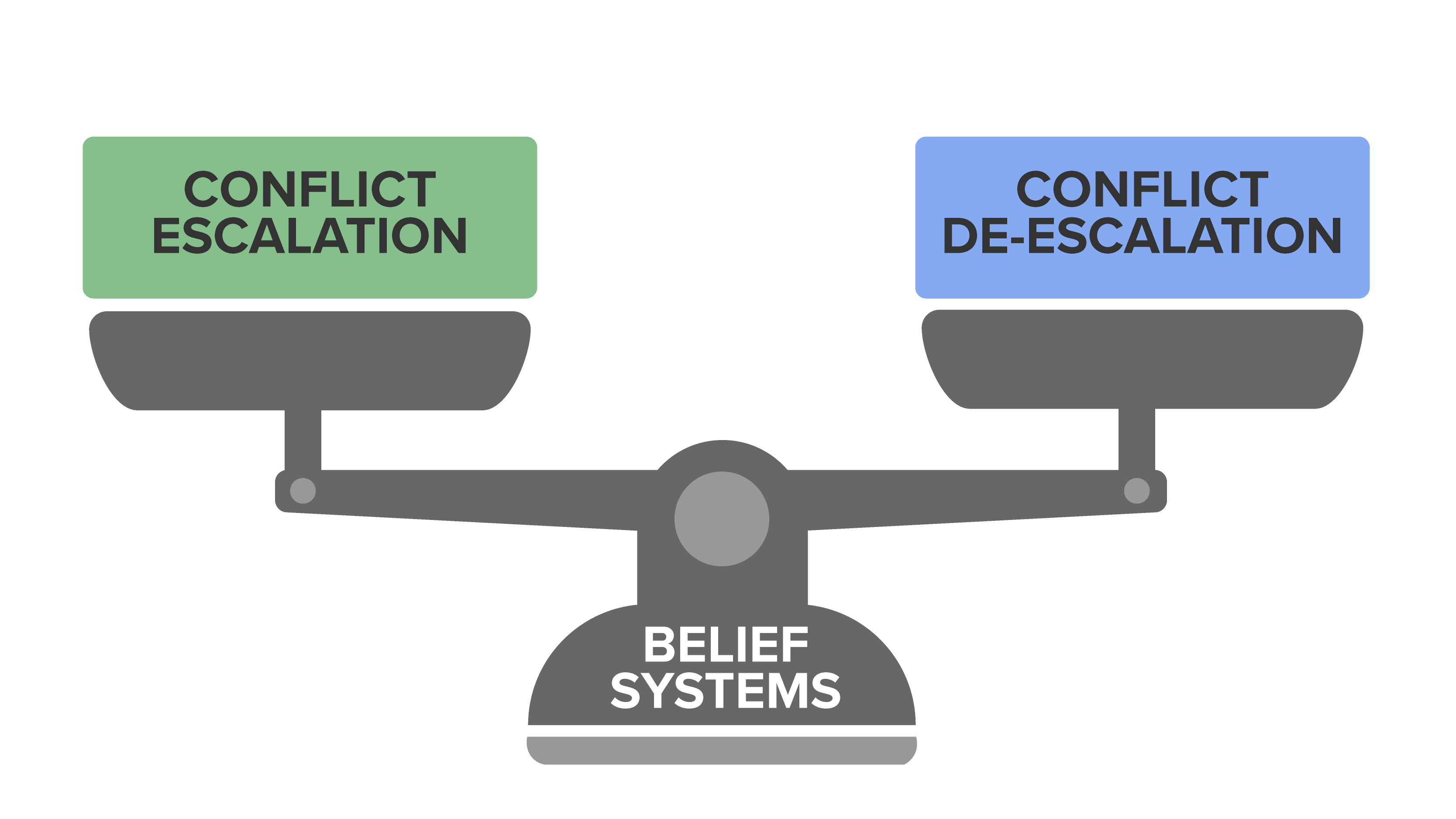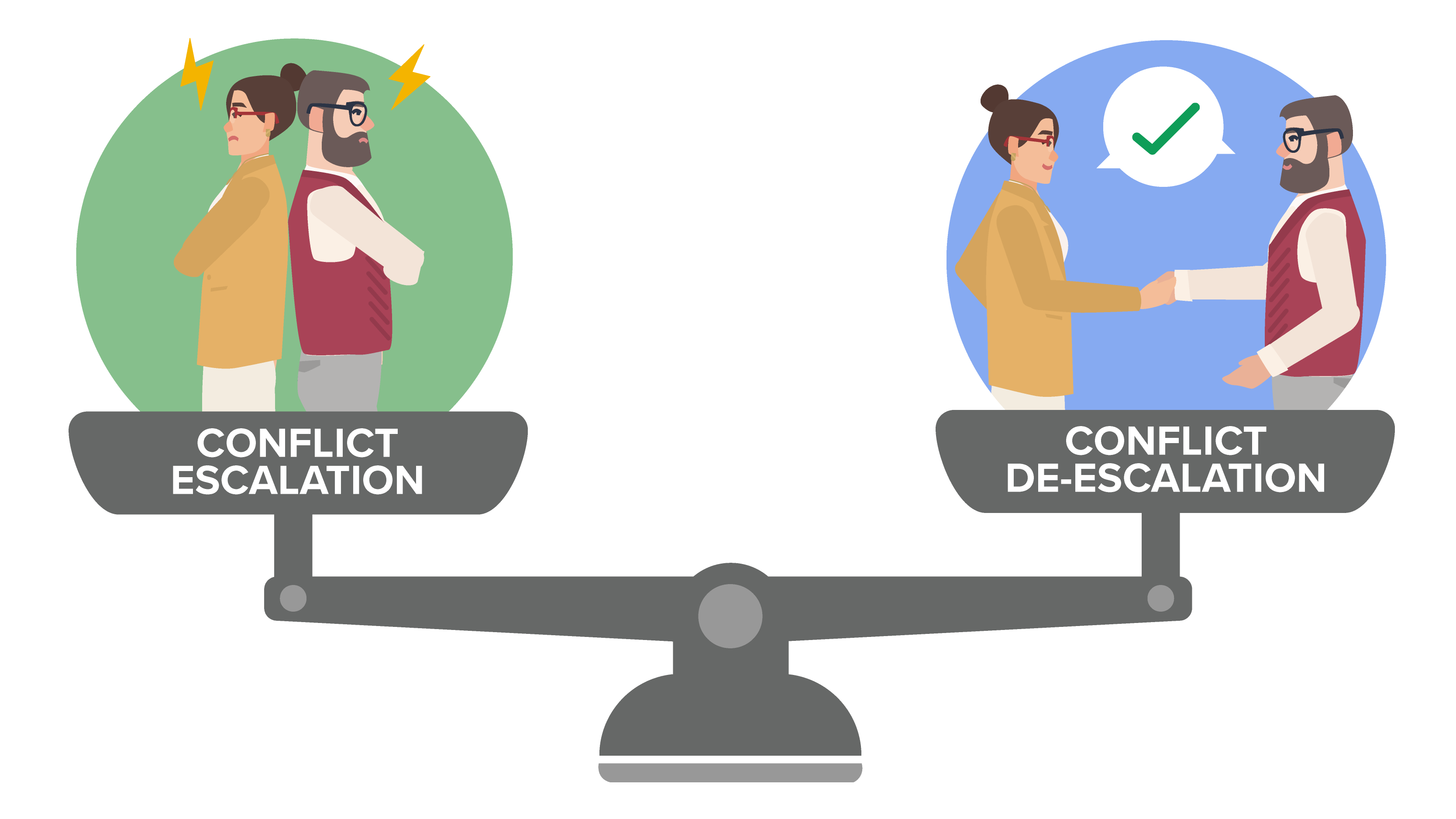Table of Contents |
In this section, we will explore the core concepts of beliefs and assumptions and their profound impact on how we interpret the world and interact with others. Understanding these foundational elements is crucial for effective decision-making and conflict resolution.

A belief is a person’s mental sense of what is true or right/correct in a given situation. Our beliefs come from our own experiences, relationships, communities, readings, and what we hear. These beliefs form the foundation of our understanding of the world and guide our actions and decisions. They are deeply ingrained and can be difficult to change, as they are often reinforced by repeated experiences and social interactions.
An assumption is an expectation or presumption that arises from a person’s beliefs, serving as a mental shortcut to navigate everyday situations. While beliefs shape our fundamental understanding of what is true or right, assumptions extend these beliefs to anticipate outcomes and behaviors. Assumptions are influenced by the same sources as beliefs, such as personal experiences, social interactions, and cultural norms. They help us make quick decisions and judgments without requiring constant reevaluation. However, assumptions can also lead to misunderstandings and conflicts, especially when they are based on incomplete or biased information. Because they are often taken for granted and operate subconsciously, challenging and changing assumptions can be as difficult as altering the underlying beliefs from which they stem.
When we combine our assumptions, they form a belief system, which serves as a model for understanding the world. Belief systems are typically shared within communities and societies. They provide a framework for interpreting experiences and making decisions. These systems are often transmitted through cultural traditions, education, and social norms, and they help individuals navigate complex social environments.

As you learned above, beliefs, a person’s beliefs about what is true or right in a given situation, lead to assumptions, which are expectations formed based on these beliefs. For example, someone growing up in a family where everyone works hard but doesn’t get ahead may assume that hard work doesn’t necessarily lead to success. This assumption can influence their motivation and behavior in various aspects of life, from their career choices to their interactions with others.
EXAMPLE
You might believe that if you study hard, you’ll get a scholarship and a good job. This assumption leads to the expectation of success through hard work. If this expectation is not met, it can lead to frustration and a reassessment of the initial belief and assumption.Belief systems, a coherent set of beliefs and assumptions that serve as a framework for understanding the world and guiding behavior, help us make sense of the world, but they also influence how we perceive and react to experiences. They are formed from a combination of personal and shared experiences, and they shape our responses to new situations. Belief systems can be both empowering and limiting, depending on how rigidly they are held and how open we are to new information.
EXAMPLE
The belief that democracy and freedom are important is a widely held belief system in the United States. However, events like September 11th altered the perception of freedom in air travel, leading to increased security measures. This change illustrates how belief systems can adapt in response to significant events, although the core values of democracy and freedom remain influential.Our belief systems can either escalate or de-escalate conflicts. When new experiences challenge our belief systems, we may resist changing our beliefs, which can escalate conflicts. This resistance often stems from a desire to maintain a consistent worldview and avoid the discomfort of cognitive dissonance. Conflicts can intensify when parties hold incompatible belief systems and are unwilling to acknowledge the validity of the other’s perspective.
Conversely, being open to new experiences that challenge our belief systems can help de-escalate conflicts by fostering understanding and adaptability. When individuals are willing to re-evaluate their beliefs and consider alternative viewpoints, they can find common ground and resolve disputes more effectively.


EXAMPLE
If Joe believes men are not nurturing enough to be nurses but meets a nurturing male nurse, he may dismiss this as an exception rather than reevaluating his belief system. However, if Joe is open to the possibility that his belief might be flawed, he can begin to see that men can indeed be nurturing, which can help reduce gender biases and promote more equitable attitudes.Perceptions are not merely reflections of reality but are influenced by our experiences, communities, and cultural backgrounds. These subjective interpretations can significantly impact how we respond to conflicts, often leading us to prioritize information that aligns with our existing beliefs, which can, in turn, escalate tensions and misunderstandings.
Perceptions are a person’s awareness and interpretation of events filtered through their belief systems. These perceptions are influenced by our experiences, communities, and cultural backgrounds. They shape how we understand and respond to the world around us. Perceptions are not always accurate representations of reality; they are subjective interpretations that can be influenced by biases and preconceptions.
Our perceptions heavily influence our decision-making process when responding to conflicts. We tend to give more weight to experiences that confirm our belief systems. This confirmation bias, a tendency to search for, interpret, and remember information in a way that confirms one’s preexisting beliefs or assumptions, can lead to misunderstandings and escalation of conflicts, as individuals may interpret actions and intentions based on their preexisting beliefs rather than objective facts.
EXAMPLE
You may perceive a movie theater experience negatively if you prefer watching movies at home, while your friend perceives it positively due to their preference for the theater environment. These differing perceptions can lead to disagreements about how to spend leisure time, illustrating how personal preferences and beliefs shape our experiences and interactions.A decision is a choice between options, often made using a cost/benefit analysis, which assesses the benefits gained versus the effort or resources expended. This rational approach involves weighing the pros and cons of each option to determine the best course of action.
Decisions, especially significant ones, involve weighing various factors, both physical and emotional. These rational factors can include cost, safety, emotional appeal, and perceived social status. Effective decision-making requires balancing these factors to achieve the most favorable outcome.
EXAMPLE
Choosing a new car involves considering cost, safety, and emotional factors such as brand reputation and personal preferences. A cost/benefit analysis might weigh the financial cost against the perceived benefits of safety features, fuel efficiency, and the satisfaction of owning a desired brand.Emotional factors, or emotional biases, play a significant role in decision-making by influencing our perceptions of what is “good” or “bad” based on the emotions they evoke. These nonrational factors can lead us to make choices driven by feelings rather than purely logical analysis, potentially resulting in decisions that are not entirely rational.
Relational factors involve the influence of social relationships, including family, friends, and communities. These influences, such as peer pressure or the desire to conform to social norms, can shape our decisions in ways that align with the expectations and values of our social groups.
Neurological factors influence decision-making driven by brain processes, such as attention, perception, and particularly the salience of certain stimuli, which subconsciously draw our attention to certain options, thereby influencing our decisions. Salience refers to how prominently something stands out, making it more likely to capture our attention and affect our choices.

EXAMPLE
Impulse purchases at a store are often driven by salience. Items placed at eye level or near the checkout counter attract our attention more easily, leading to decisions influenced by what stands out the most rather than what is most needed or logical.Decisions often involve evaluating potential gains and the risk of losses. People tend to prioritize avoiding losses over maximizing gains. This tendency, known as loss aversion, can influence decision-making by making individuals more risk averse.
In conflict resolution, parties aim to maximize their gains and minimize their losses. Mediators help parties see the benefits of resolving conflicts collaboratively, emphasizing the potential gains of cooperation and the risks of continued conflict.
EXAMPLE
A mediator might show conflicting roommates how resolving their issues can lead to a cleaner, more harmonious living environment. By highlighting the benefits of resolution and the disadvantages of ongoing conflict, the mediator can encourage a collaborative approach.In conflict resolution, each agreement, no matter how small, builds momentum and helps parties maximize their gains and minimize their losses. These agreements create a foundation for further cooperation and trust building.
Agreements, even on minor issues, create positive momentum that makes subsequent agreements easier, known as agreement stacking. This process involves building on small successes to achieve larger resolutions.
EXAMPLE
Agreeing on a shopping list can lead to more significant agreements on household responsibilities. Each small agreement reinforces the cooperative dynamic, making it easier to address more complex issues.Cognitive dissonance occurs when the mind holds two or more incompatible thoughts or beliefs, causing an unpleasant state that we try to resolve by justifying, integrating, or rejecting these thoughts. This psychological tension can influence how we process information and make decisions.
Cognitive dissonance can escalate or de-escalate conflicts depending on how we choose to resolve the inconsistency between our beliefs and actions. Acknowledging and addressing cognitive dissonance can lead to more constructive conflict resolution.

EXAMPLE
If Taylor rejects the gossip about new neighbors because it conflicts with her belief in fairness, she can help de-escalate neighborhood tensions. By aligning her actions with her core values, Taylor promotes a more harmonious community environment.Source: THIS TUTORIAL WAS AUTHORED BY MARLENE JOHNSON (2019) and STEPHANIE MENEFEE and TRACI CULL (2024). PLEASE SEE OUR TERMS OF USE.